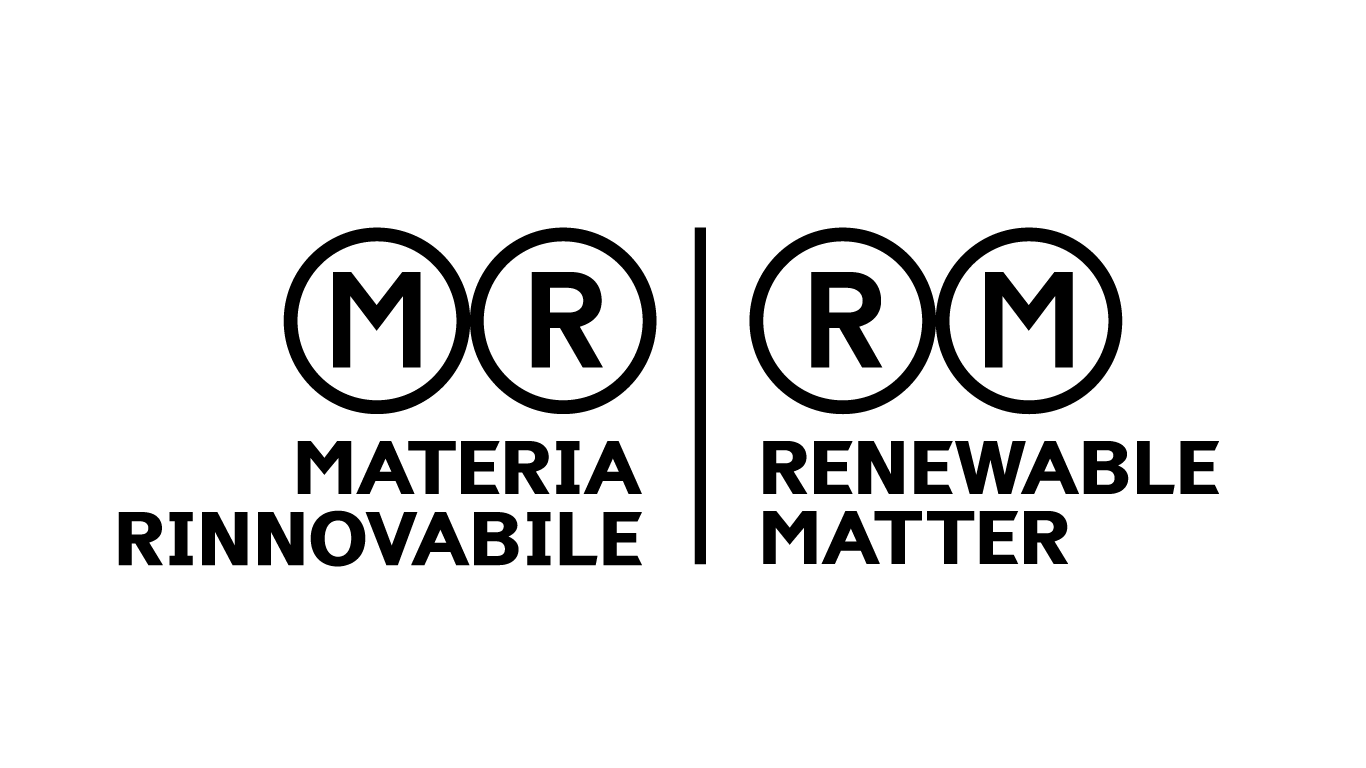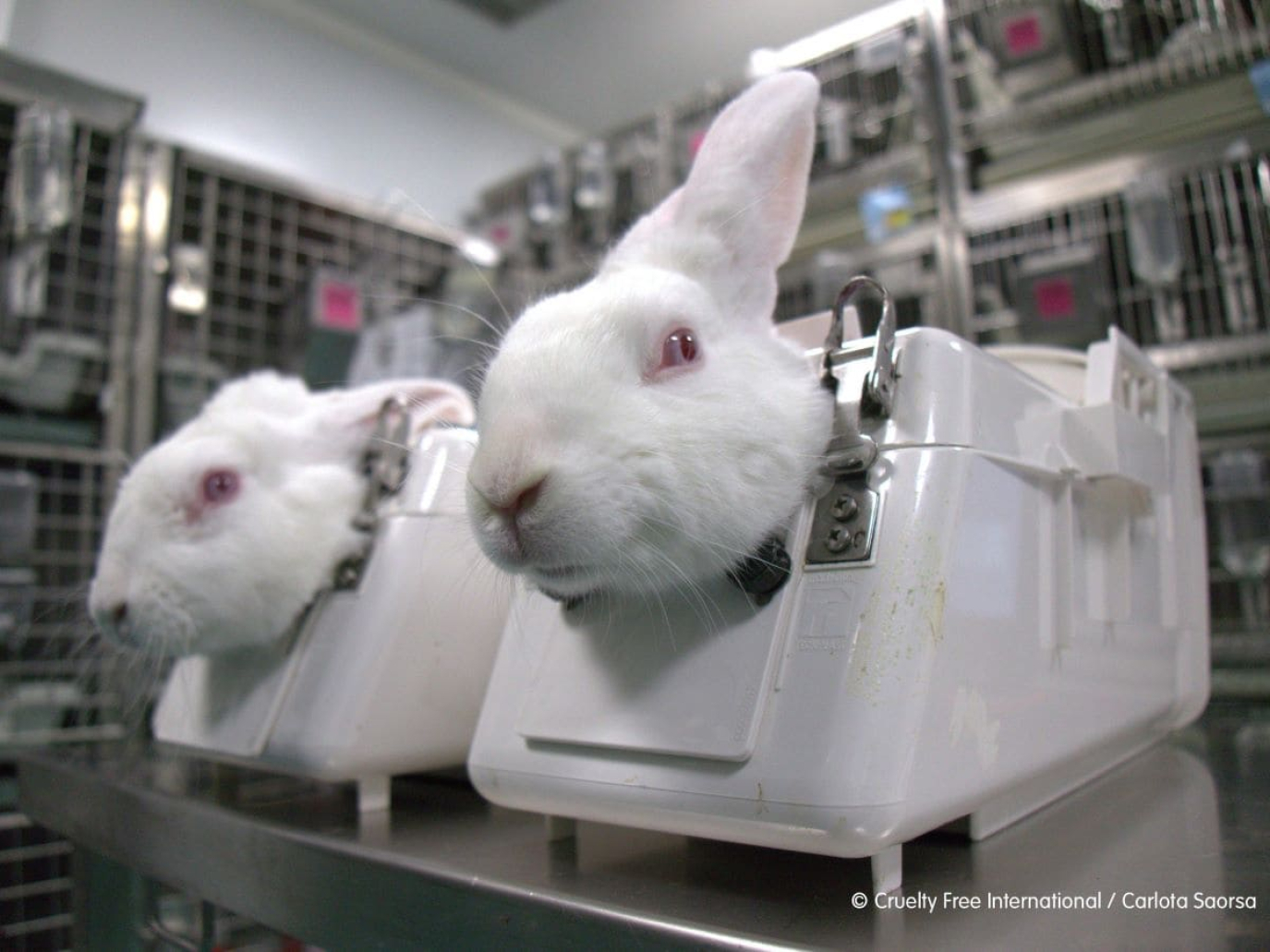This article is also available in Italian / Questo articolo è disponibile anche in italiano
Penicillin, insulin, HIV treatments, organ transplants and prosthetic surgeries, chemotherapy, vaccines, including the one for COVID-19. And again, diabetes treatments, Parkinson's therapies, cardiovascular implants, even drugs for depression. Almost all the major achievements in biomedical research, and over 80% of the Nobel Prizes for Medicine awarded since the prize was established, have a history behind them that we would rather not hear about. It is certainly not the epic tale of brilliant insights, tireless research, and self-sacrifice on the part of scientists. But the tale of a greater sacrifice: that of millions, billions of animals that have died (and above all lived) in research laboratories.
Animal testing is one of the most difficult ethical dilemmas accompanying scientific progress. A necessary evil, it has always been claimed; justified suffering to achieve a greater benefit. But is this still the case?
While back in the 70s and 80s, the “animal liberation” pushed by philosopher Peter Singer got activist groups to break into labs and break open cages with mice and monkeys, today, the criticism and calls for alternative methods are mostly coming from scientists themselves. And not only for ethical reasons. Despite their historical importance, “animal models” have run their course, according to the most progressive researchers: in addition to the suffering they inflict, they are expensive and not accurate enough to provide reliable results for humans. Today, there are a variety of technologies that can be used to develop more efficient and reliable alternative methods. As Arti Ahluwalia, biomedical engineer and founder of the 3R Centre at the University of Pisa, says, “I believe we owe it to science – and to animals, even the non-human ones – to do better.”
Sacrificed for science
To begin discussing animal testing and its alternatives, the first step is to get an idea of how widespread the practice is around the world. This is no easy task. The most recent and reliable global estimate is the one provided by Cruelty Free International in 2015: researchers from the most important NGO for the abolition of animal testing have calculated that, in one year, 192 million vertebrates are killed for research purposes, with China, Japan, and the United States leading the list. However, according to the communications office, we will have to wait until 2026 for an updated estimate.
Estimates for the European Union are more accurate thanks to the ALURES (Animal Use Reporting EU System) database, which is up-to-date with the data that member countries are required to provide every five years, as established by Directive 2010/63 on animals used for scientific purposes. The most recent data, collected between 2021 and 2022, indicate that between 8 and 9 million vertebrates are used in European laboratories each year: more than half are mice and rats, but there are also rabbits, dogs, cats, pigs, cows and monkeys, as well as chickens, reptiles, amphibians, and fish.
On the website of Eurogroup for Animals, the pan-European animal protection organisation, however, we read a different figure: 23 million. “This is not a mistake,” explains Luisa Bastos, head of the organisation's Animals in Science programme. “The specimens listed in ALURES are animals actually used in experiments, whether for educational purposes, research, or to test the efficacy and safety of chemicals. In addition to these, there are approximately 1.2 million animals needed for the creation and maintenance of genetically modified lines, plus all those bred and killed without being used in laboratories: a number that is usually equal to or greater than the number of specimens used.”
This “surplus of animals” – as it is referred to in a chilling technical term – is due to several reasons: either the genetic alteration obtained is not what is needed for the experiment, or research is being conducted where only females are needed, and so the males are eliminated. “Although some Member States adopt policies to limit the surplus,” Bastos notes, “the numbers are still very high. For example, during the pandemic, when most laboratories had to suspend their activities, a great many animals were killed, and we still do not have data on how many there were.”
The reason for animal testing
In addition to the numbers, the European database contains valuable information on the specific uses of animals in laboratories, which broadly reflect the global situation. In some cases (13%), tests are conducted for regulatory purposes, i.e. they are required by the regulatory authorities to verify the safety of chemicals: in these cases, until the regulations change, researchers have no choice. However, the vast majority of animals (72%) are still used for basic, applied, and translational research, despite there being no law requiring it.
Why, then, is animal testing still considered so necessary? We asked Giuliano Grignaschi, spokesperson for Research4Life, an association that brings together numerous biomedical research institutions in Italy, and co-author of the essay Io le patate le bollo vive. Ricerca, sperimentazione animale, vita (I boil potatoes alive. Research, animal testing, life, Einaudi, 2023). Grignaschi works as head of animal welfare in the laboratories of the University of Milan, and among his duties is to evaluate, with an internal committee, the validity of research projects that use animals before sending them to the Ministry of Health.
“Based on my experience and the projects I read, I can say that the need for animal testing is motivated by the fact that there are still no alternative methods for satisfactorily simulating a complete organism and therefore for studying the systemic effects of a substance or therapy", he explains.
“It's an obstacle that many scientists consider impossible to overcome, but in my opinion, it's mainly a mental hurdle,” counters Professor Ahluwalia. “A human being is not a mouse, nor is it a pig. If I observe systemic effects in a mouse, it doesn't necessarily follow that these effects can be transferred to humans. And this is the biggest limitation of the animal model, which is precisely that: only a ‘model’ under very controlled conditions.”
Ahluwalia voices a position that is gaining ground among scientists from various disciplines. Like Azra Raza, a leading oncologist at Columbia University, who, when interviewed by The Guardian a few years ago, expressed her scepticism about the animal approach: “You can't artificially inject a tumour into a healthy mouse, then treat it with a drug, see it disappear and expect the same thing to happen in a disabled and immunocompromised human being. This kind of extrapolation,” she concluded, “has failed us over and over, and not just in the case of cancer.”
“The truth is that animal testing has deep roots in scientific culture and practice,” observes Luisa Bastos. “Starting with the education system, where training in the use of animals is mandatory. So much so that it becomes very difficult for a student or doctoral candidate to conduct human-oriented research, i.e. using human tissue donated by hospitals. Colleagues who use animals save time and publish much more.”
In short, the entire “science system” needs to be reconsidered from the ground up, as, like any colossal human institution, it tends to move by inertia along the same tracks. “We need a system that gradually discourages the use of animals,” concludes Bastos, “and in which students can find teachers and supervisors who help them use the new technologies available.”
New paths
In a YouTube video, a researcher in the immaculate light of a laboratory handles a small transparent and flexible polymer chip. It is not a USB stick, but a lung, or perhaps a liver, or a heart. In short, an Organ-on-Chip: the future, or rather one of the possible futures of biomedical experimentation.
OoCs are “microfluidic culture devices that recapitulate the complex structures and functions of living human organs”, according to the website of Harvard's Wyss Institute, founded by Donald Ingber, one of the pioneers of this technology. In practice, these are living three-dimensional cross-sections that provide a window into the internal functioning of human organs and the effects of drugs on them, without involving people or animals. And that's not all: the models can also be connected to each other to study possible interactions between different organs, with the aim of simulating an entire “organism on a chip” in the future.
OoCs are just one of the so-called NAMs, or New Approach Methodologies: innovative methods – some already in use, others still under development – that do not require the use of animal models. “There are several categories,” explains Professor Ahluwalia. “They range from the use of artificial intelligence and big data to computer modelling, from microfluidic systems to organoid models developed from stem cells, from non-invasive imaging on humans to micro-dosing methods. These are all systems in which it is not necessary to go through a different species to achieve results applicable to humans. Therefore, they tend to be more accurate and move in the direction of precision medicine, even if there is still a lot of work to be done. In my opinion, the way forward is to integrate the various NAMs: for example, combining predictive analyses on big data with organoid models connected to each other with fluidic systems. Integration is the most promising path, and I am confident that these methods will one day completely replace the use of animal models for human research.”
A matter of rules
For the new methods to truly replace animal testing one day, however, the entire scientific community must adopt them, or at least begin to consider them as valid alternatives. And it is not so much a question of goodwill as it is of regulations and, as mentioned earlier, of the “system”. According to Giuliano Grignaschi, for ethical, cost and efficiency reasons, no scientist would refuse to use an alternative method to animal testing, provided that it is scientifically acknowledged and validated.
But the matter, Luisa Bastos explains, is a little more complex. “Let's start with Directive 2010/63, the framework for the protection of animals used for scientific purposes in Europe. The directive contains guidelines for the welfare of laboratory animals, such as standards for cages and specifications on how they can be killed. Then there is a very important aspect concerning the evaluation of projects.” In practice, if a researcher wishes to use animals for a research project, they must submit a request to the competent authority in their country (in Italy, for example, Grignaschi tells us, this goes through the Ministry of Health and then the Istituto Superiore di Sanità).
“But looking at the statistics that come from the Member States every five years,” continues Bastos, “we can see that in reality almost all projects are accepted. The few that are rejected are dismissed for procedural reasons, and only a very small number because alternatives to animal testing are recognised. The problem is that evaluation committees often lack expertise on NAMs. Each Member State arranges these committees according to its own criteria: some have a single national body, others, such as Spain and Germany, have dozens. This also leads to a problem of harmonising evaluation standards."
But in addition to the Directive, which dates back 15 years and is not particularly forward-thinking, there are other more innovative initiatives on the European agenda. Such as collaboration between Member States within the European Research Area, a discussion forum that determines EU research priorities (and therefore where funding goes), which is now seeking to promote alternative approaches to animal testing. And above all, the launch, in July 2023, of the EU Commission's roadmap for the gradual phase-out of animal testing: a historic step, coming exactly ten years after the ban on the marketing in Europe of cosmetics that use animal testing.
“It all started there,” comments Bastos. “That 2013 ban was like a trigger for the scientific community and industry to start developing alternative technologies. The roadmap is now under development, but I think it offers a very promising prospect for eliminating the use of animals in science in general.”
And indeed, as was the case with the ban on cosmetics, the European roadmap has led the way: on the 10th of April 2025, the US Food and Drug Administration (FDA) announced its own roadmap to eliminate animal testing in the development of monoclonal antibody therapies and other drugs. This is perhaps an even more sensational step forward than the European one, given that it comes from the world's largest pharmaceutical market.
The 3Rs principle, consciousness and suffering
In the FDA press release, Commissioner Martin Makary welcomes the fact that, thanks to the new methodologies, it will be possible to “provide patients with safer treatments faster and more reliably, while reducing research and development costs and drug prices. It's a win for public health and ethics,” he concludes.
Ethics comes last, and this is not surprising: in the real world, usefulness, efficiency, and convenience are overriding principles, and if today we finally see a real possibility of moving beyond animal testing, it is only because more valid methods are emerging in these respects.
Yet, ethics should always be the starting point. This is where the 3Rs principle originated, which is the basis for most legislation on animal testing, including the EU Directive. Replace, Reduce, Refine are the three golden rules developed by the British William Russell and Rex Burch in 1959 to introduce a little “humanity” into the treatment of animals in laboratories (rules that could easily be extended to other sectors that exploit animals). The main objective of the 3Rs is to avoid animal experiments altogether (replacement), but when this is not possible, the number of animals used should be reduced to a minimum (reduction) and their suffering in experiments minimised as much as possible (refinement).
Although Russell and Burch's principle has its limitations (for example, it refers to living animals, implying that killing them would exhaust ethical concerns), it is based on an idea considered rather modern and which was only “officialised” by the scientific community last year: animal consciousness. The New York Declaration, signed in 2024 by hundreds of scientists, including neurobiologists, ethologists, and philosophers, effectively calls on the entire scientific community not to ignore the subjective experience of each animal in decisions affecting it, given that there is now solid scientific evidence to support the attribution of consciousness to vertebrates, and probably also to invertebrates.
Evidence that, over two centuries ago, the philosopher Jeremy Bentham did not need when, in a 1789 text considered the basis of modern animal ethics, he wrote: “The question is not, Can they reason? nor, Can they talk? but, Can they suffer?”.
DOWLOAD AND READ ISSUE #58 OF RENEWABLE MATTER: ANIMALS
Cover: Cruelty Free International Carlota Saorsa



